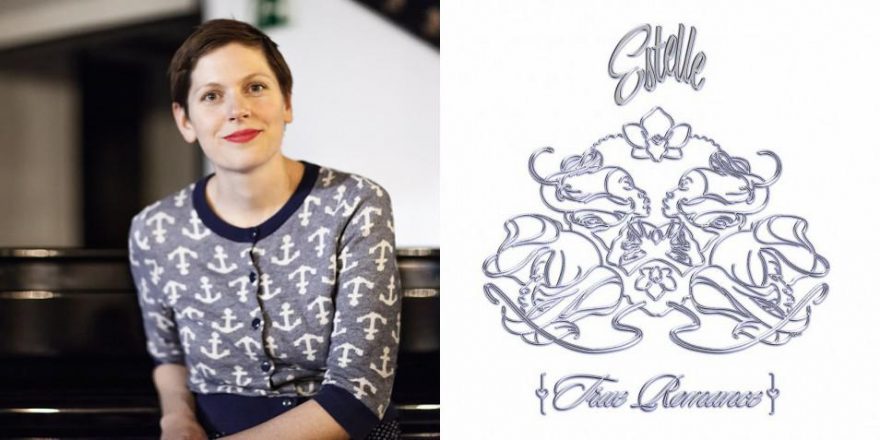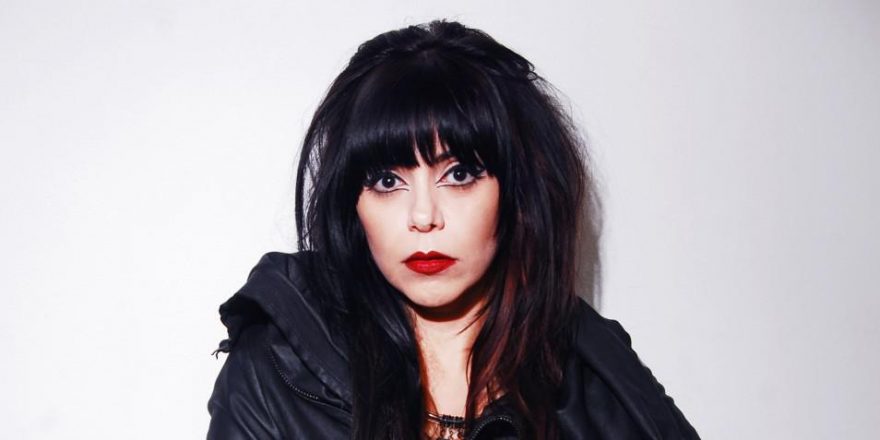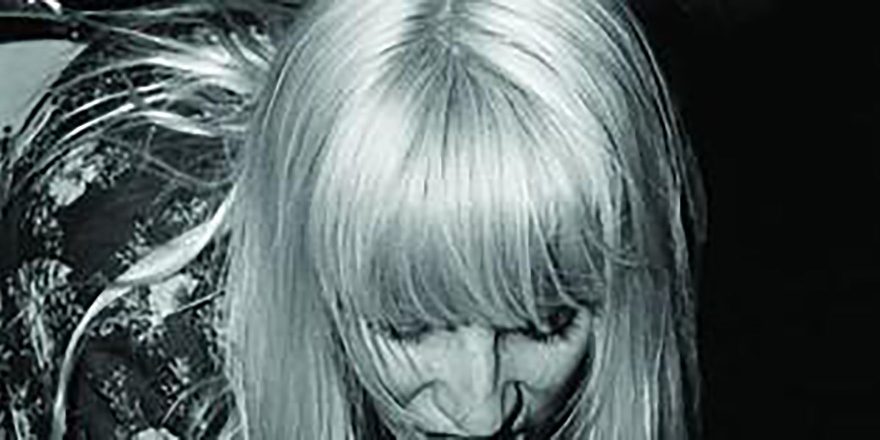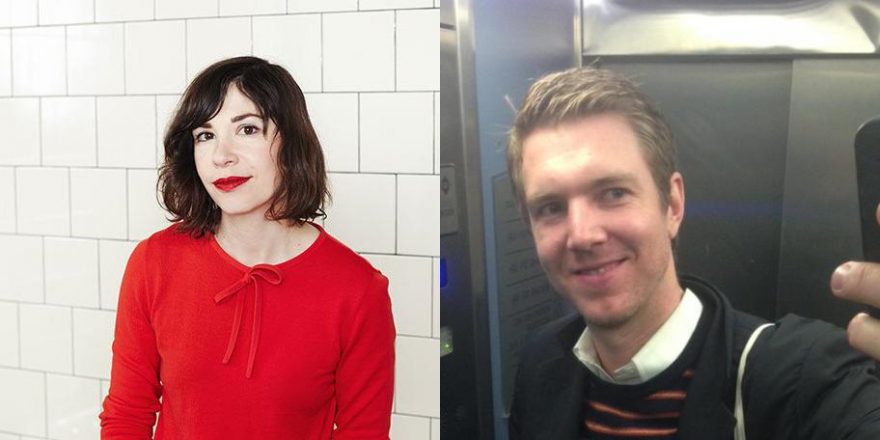If you write songs, you are often asked who your influences are. Sometimes the question is framed in such a way that it assumes you have been influenced by a particular person — that it’s obvious from your music. Often these assumptions are wrong, but if you’re asked these types of questions enough times, you develop a stock answer. I have mine: Joni Mitchell, the Go-Betweens and Yo La Tengo. I’ve repeated this answer so many times that I didn’t really consider the validity of the response. Besides, what is an influence anyway? The weather? Feelings of love or loss? A good haircut, a nice dress that makes you feel good, a hangover? Influences build up and wash away like sand on a beach; some vanish and some remain. It’s difficult to single out any particular one, and the process of writing songs is such a dream-like mess of ideas and feelings that remembering anything at all about it can be difficult. However, it’s recently occurred to me that I have consistently ignored the most important influence of my early musical life. She is so incredibly uncool that up until now I was too embarrassed to admit it. However, as I’ve gotten older, I’ve realised that coolness doesn’t count for much.
Women who are often held up as groundbreaking in underground rock, including Kim Gordon, Sleater-Kinney or Kathleen Hanna, have succeeded in a male-dominated genre in every sense. Unfortunately, there was no way that a daggy girl like me could have discovered their music when I was a teenager. I come from a small town in regional Queensland, Australia, a place where Metallica was considered edgy. We had two music shops, one on each side of town, but they mostly sold electrical goods. My connection to the world of “trendy” music was instead via Triple J, a national youth radio station, which didn’t start broadcasting in my area until the mid ’90s. Consequently, I didn’t discover riot grrrl until much later, when I was in my early twenties. But before that, there was one record made by a woman that I could get my hands on in the electrical goods music shop. She wasn’t riot grrrl, but she had, in fact, made a record that would lead me to write my first songs.
Twenty years ago, Alanis Morissette’s Jagged Little Pill was released. I was 12 years old. I went on a camping trip with my local netball team, and our busload of 30 young girls sang along to each and every one of the album’s songs, over and over, for the whole eight-hour drive. But before that trip, I distinctly remember the first time I heard one of her songs. A friend of my big sister was playing guitar, and she started to sing what I would soon learn was “Hand in My Pocket.” Lyric and melody soared, collapsed and intertwined like Mozart to my 12-year-old ears. The words had such depth. I felt her wisdom. My (big) feelings were her (big) feelings. She smoked cigarettes and played piano! She gave high fives! I fell immediately and profoundly in love with her songs.
I’d say that, from when I was 12 through 17, 90% of my CD collection was made up of women who wrote their own material: Liz Phair, Indigo Girls, 10,000 Maniacs, Tracy Chapman, Tori Amos, Ani DiFranco, Björk, Sinead O’Connor, Sarah McLachlan; and then later Macy Gray, Beth Orton and PJ Harvey. On top of these, I had a lot of jazz and blues records, and I loved the hippies too. More often than not, it was women I was listening to.
I have been thinking recently about the music of the ’90s, and wondering if the female songwriters who were popular at that time have fallen victim in some way to female erasure – the concept of women being written out of their rightful place in history. Perhaps they weren’t serious or groundbreaking enough, or maybe they just didn’t have enough male fans who would go on to write about their legacy. Of course, Liz Phair, Björk and PJ Harvey were cool then, and their music still sounds great. But a lot of these women invite playful ridicule now, or at worst, they’ve just been forgotten (Jewel, Sophie B. Hawkins, etc). Sarah McLachlan, who, like Alanis, is a ’90s mainstream female artist whose music seems to have fallen through the cracks of time, attempted a revival of her famous female-artist-focused Lilith Fair in 2010. It wasn’t a success, and the concept has now been canned.
Now, in some cases this just might be because the music aged badly, like a lot of the music from the ’90s. (Think of Stone Temple Pilots or Pearl Jam.) Despite this, I think some of the criticism directed at some of these women has been quite unfair. Yes, Alanis famously mistook bad luck for irony, but only in the way that most people do every day. That doesn’t make her stupid.
Out of investigative curiosity, and a childish desire to defend her, I just listened to Jagged Little Pill for the first time in about 15 years. It’s rockier than I remember, and of course it has an incredibly ’90s production. Her voice is hard to take at times. But if you can get past those things (and admittedly that’s a big if) it’s still an album with a big heart. “Hand in My Pocket” still sounds great, and now it kind of reminds me of Allen Ginsberg’s 1995 poem “The Ballad of the Skeletons.” The songs themselves are not as simple as I remember them — there are more weird chord changes than I noticed before, like in “Head over Feet,” for example. I finished listening to the album with a renewed affection for Alanis.
A number of things strike me when I think about the women who made up my record collection in the ’90s. There are several women of colour, and several gay women. Additionally, there is an embrace of frailty in much of their work. There is no greater example of this than Alanis’ video for “Thank U” (1998), which she famously filmed naked, only exacerbating her reputation for being a bit, er, intense. She was so honest and open and vulnerable (or is it strong?) that she was actually naked on the parts filmed in the subway. More often than not, it was these women’s strength in spite of their frailty that appealed to me.
The women of the ’90s and late ’80s wrote about many things with sincerity, and not just about their relationships to men. Many of the songs were about self-empowerment, but they wrote about difficult subjects such as poverty, abuse, pregnancy, female genital mutilation, depression, war, masturbation, (yep, Tori Amos again), and independence. Lots of their songs were about self-discovery and growing up, and these were generally my favourite ones. Crucially for me, they accompanied themselves on guitar or piano. This was empowering, and I wanted to be like them, all of them.
Everything changed for me when I moved away from my small town to the big city for university. I started to see music in a different way. I studied it at university, where the “jazz police” were a known and real entity, complete with berets and goatees and anything else affectedly French. Music needed to feel serious — like it mattered intellectually, sonically or historically. Although nothing was ever said, I felt embarrassed about my collection of earnest female singer-songwriters, and I eventually took them to a charity shop, along with their vulnerability, sincerity and bad-fitting jeans. I discovered such indie bands as Belle and Sebastian, and male singer-songwriters such as Elliott Smith and Nick Drake — sensitive, timeless music where words were almost whispered, not shouted, with strings and complex arrangements. These were records that I could definitely not find in an electrical goods shop, and I really loved them.
Indie rock can be pretty self-congratulatory when it comes to women. We’re not sexist! We have a girl in our band! We book bands that have women in them to play festivals! But the history of indie is overwhelmingly white, middle-class, straight and male. Perhaps there’s nothing wrong with that by itself; the problem comes when that type of music is discussed or accepted as being the most significant or important in history.
As opposed to indie, country music has both male and female songwriters at the heart of its tradition. Despite its deep conservatism, it seems to me that country music was one of the first places where women were accepted as equal songwriters. Starting, arguably, with Kitty Wells’ 1952 hit “It Wasn’t God Who Made Honky Tonk Angels,” then continuing with Loretta Lynn, Tammy Wynette, June Carter and Dolly Parton, up to Dixie Chicks and even Taylor Swift today. Women of the blues and gospel also sang, played and wrote their own music early on. Elizabeth Cotten created the “Cotten picking” finger-picking style and composed the iconic, and frequently covered, folk song “Freight Train.” In the early ’40s Sister Rosetta Tharpe was singing and rocking out on an electric guitar; in the early ’50s, Big Mama Thornton experimented with androgyny by singing and playing harmonica in men’s suits, raising questions about her sexuality. Many of these blueswomen are not well known outside of the genre, and this probably is an example of black female erasure. Now, I’m not putting Alanis and company on the same level of importance as these pioneering women, I’m just pointing out that women’s accomplishments are diminished all the time.
Of course, many women feature prominently in the charts now, and I’m not trying to deride them. However, these women are almost always singing or writing about their relationships (or not) to men. They are, in many ways, defined by their appearance and who they date. Their bodies are scrutinised in a way that the women of the ’90s wouldn’t have stood for. It seems obvious to me that this has something to do with the decline of the women’s movement from the late ’90s until its resurgence of the last few years.
Perhaps it doesn’t matter that so many mainstream female artists today are so thin and beautiful, or that many of them don’t apparently play musical instruments. And, of course, there are popular exceptions; the brilliant M.I.A. writes about war, the plights of immigrants and race (and has encountered difficulties with the U.S. government as a result); Lorde writes about social isolation and Taylor Swift took a break from writing about ex-boyfriends to write about being true to yourself. These songs are sophisticated, smart and fun, but it does seem like songs like these are few and far between.
Could it be that, as a society, we have become more cynical, and that the earnestness of Alanis and her ilk makes us uncomfortable? We don’t trust it. Perhaps we think that earnest people are indeed unstable, or at the very least trying to sell us something. Songs sell products, and the idea of friendship has been turned into a concept and co-opted by Facebook and the rest as a marketing tool.
In the end, I think I loved Alanis and the earnest female singer-songwriters of the ’90s so much because their songs were empowering, and I want to claim them as an influence now despite, or even because of, how uncool they are. What’s important is not their output, but that they inspired people. I never felt alone when I had them on the stereo – I felt connected to something bigger than myself. It’s so corny, but it’s so true. For the first time, I realised that a singer and a song could make you feel better, less alone, and that maybe that was something that I could do with my life, too. It’s something that’s stayed with me ever since, even if I haven’t wanted to listen to those songs for a very long time.









